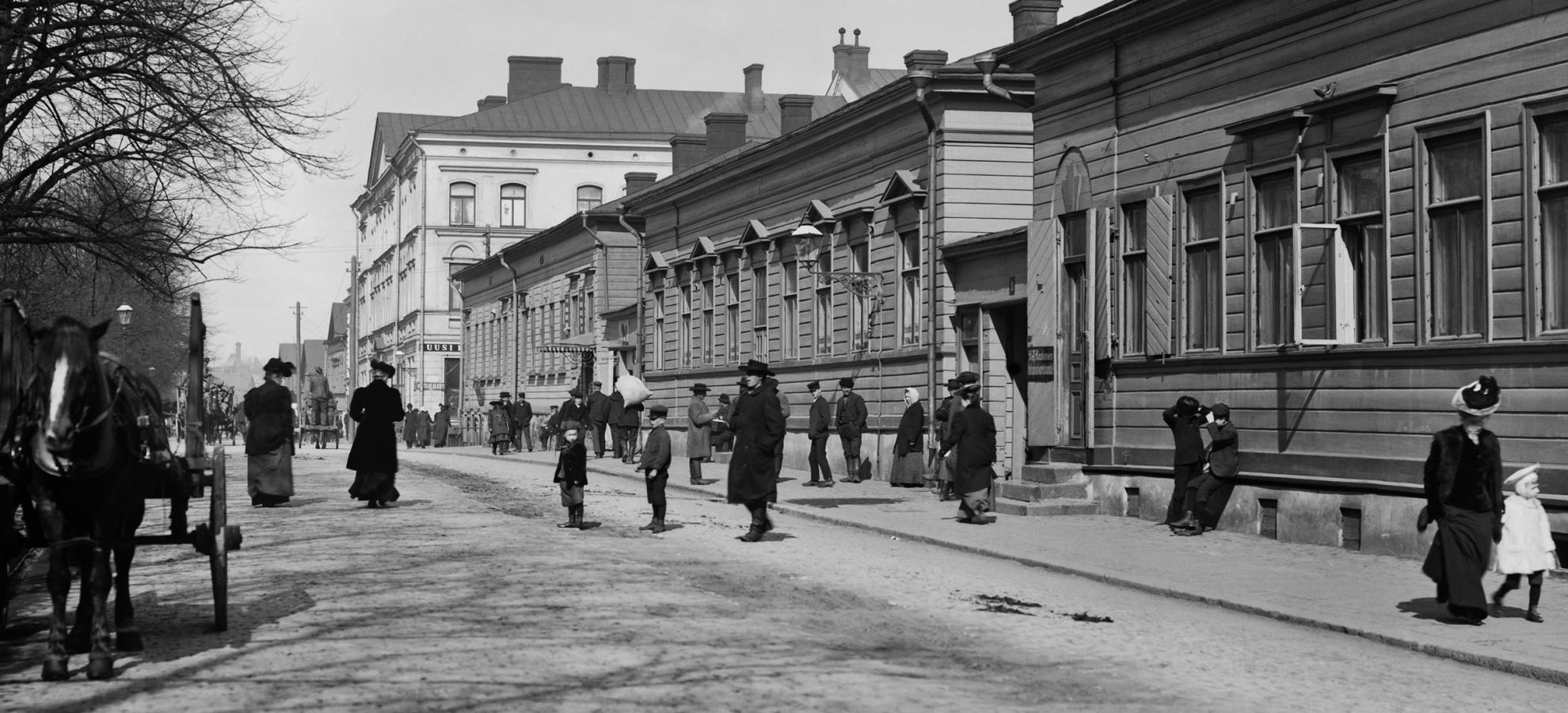
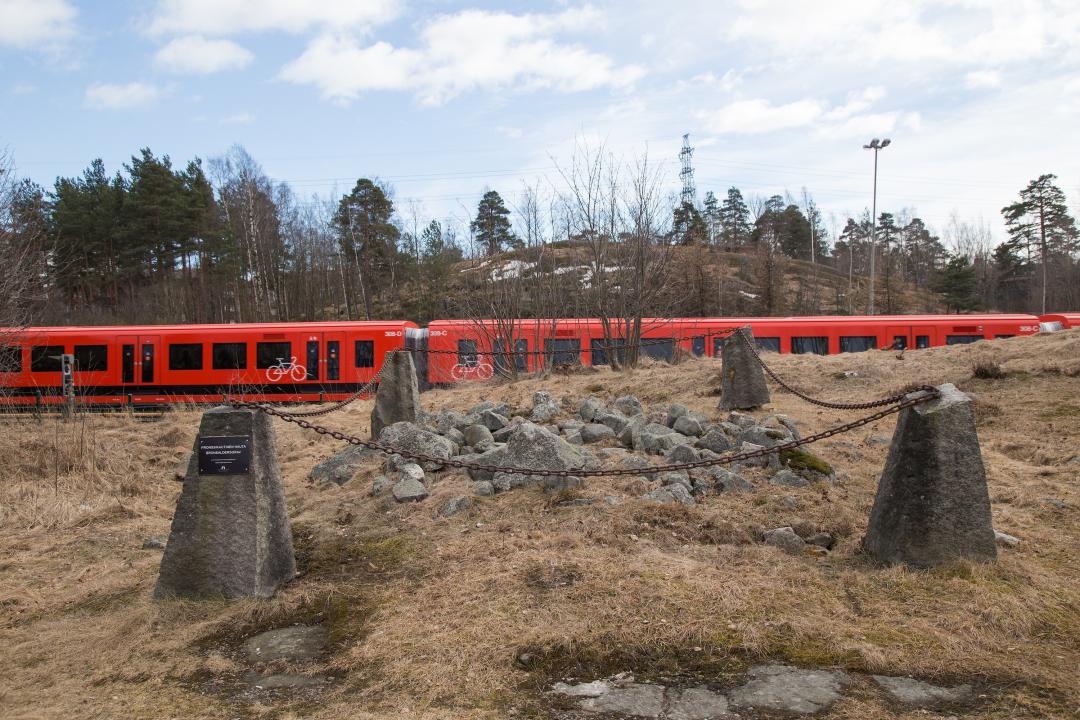
There have been settlements in the Helsinki region for thousands of years. The City of Helsinki was established by order of the Swedish king Gustav Vasa in 1550. In 1808, Russia conquered the entire area of present-day Finland and made Helsinki the capital of a new autonomous region; the Grand Duchy of Finland. Finland gained independence in 1917 in the midst of the First World War and the Russian Revolution. At the time of independence, Helsinki was not only the capital, but also Finland’s largest city.
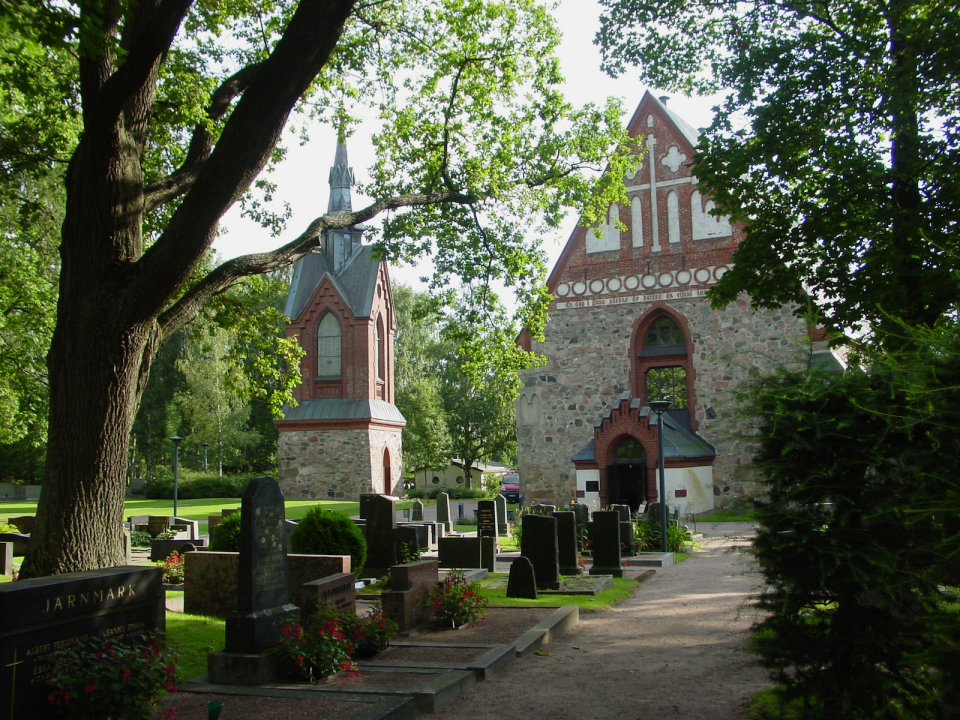
Between sea and land for thousands of years
In the 16th century, Sweden hoped to create a lively trading city on the northern shore of the Gulf of Finland as a counterforce for Tallinn across the water. The residents of the Helsinki region already had a long tradition of seafaring at the time. Throughout the Middle Ages, peasants in the region had cooperated in equipping ships and bringing their agricultural and forestry products to Tallinn, a member of the German Hanseatic League commercial community. Helsingin pitäjä (nowadays the City of Vantaa, adjacent to Helsinki) was a lively rural community in the Middle Ages, even featuring a stone church that represent, so to speak, the “wow architecture” of its time. The land and the sea in the region had served many a generation: the first inhabitants appeared in the Helsinki region around 7,000 years ago!
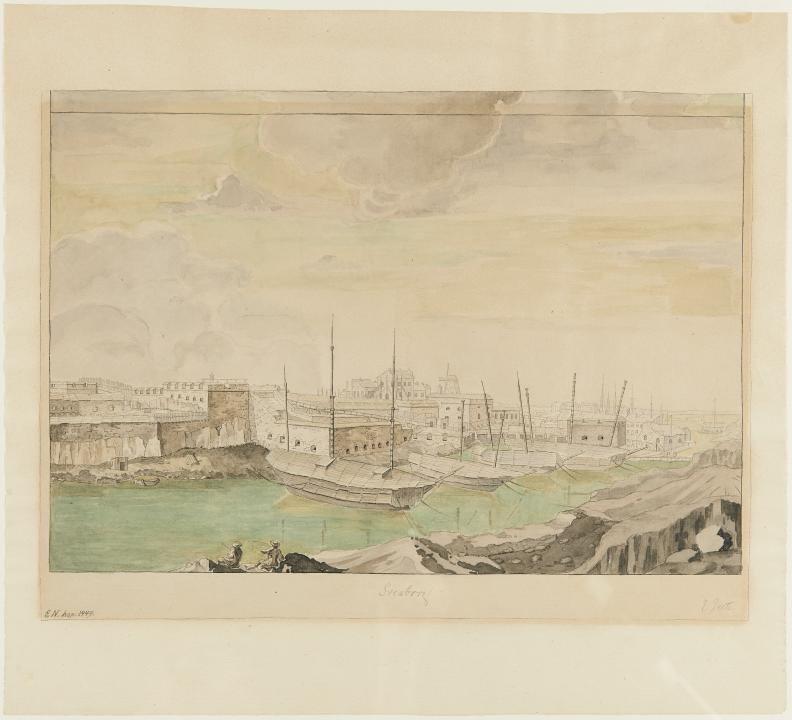
Daughter of the Baltic Sea
Helsinki was founded with a view to establishing trade on the Baltic sea, ideally in all possible directions, i.e. east, south, and west. After the city's original location proved too shallow for vessels to pass, the city centre was transplanted to its current location in the 17th century. While the population never rose above a few thousand up until the 19th century, Helsinki remained one of the largest cities in Finland at that time. Nor was it an insignificant one, as it was even within the reach of the entire Swedish Empire. During the 18th century in particular, when the mighty Suomenlinna fortress was built at sea, Helsinki was a city known throughout the kingdom. Moreover, wonderful sailing ships from Helsinki would travel all the way to the Mediterranean and even to South America.
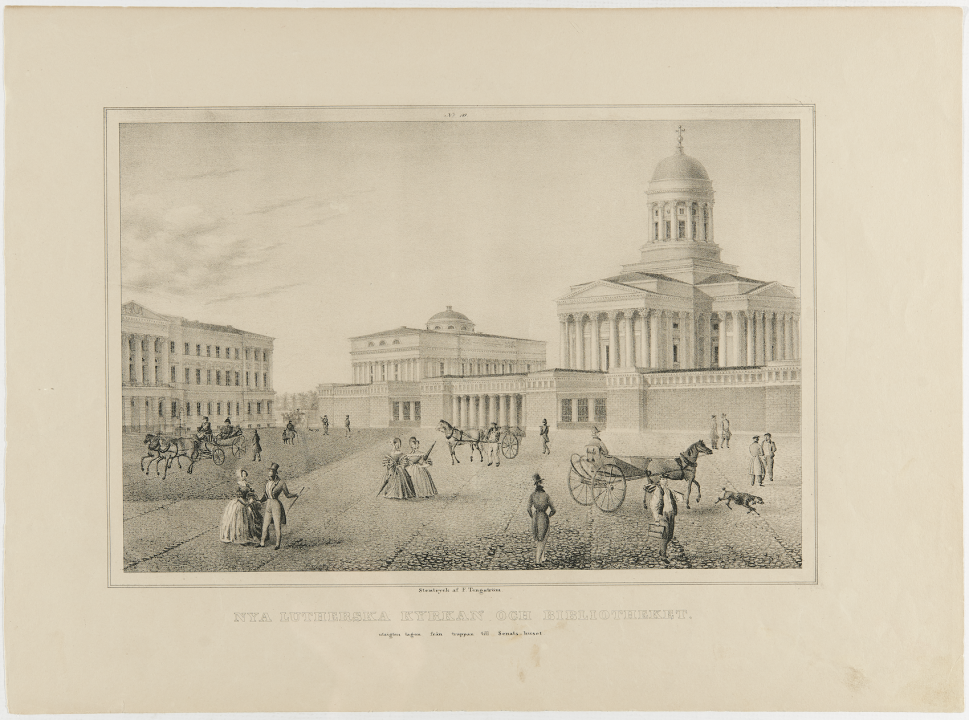
A new capital city
After Russia conquered Finland in 1808 as part of the Napoleonic wars, Helsinki was made the capital of the newly established Grand Duchy of Finland. It was designed, as was St. Petersburg, in accordance with the architectural ideals of antiquity. The university in Turku was transplanted to Helsinki, and the new capital city grew rapidly. Towards the end of the 19th century, the city industrialised, a railway system was built, and an inner-city tramline came into operation.
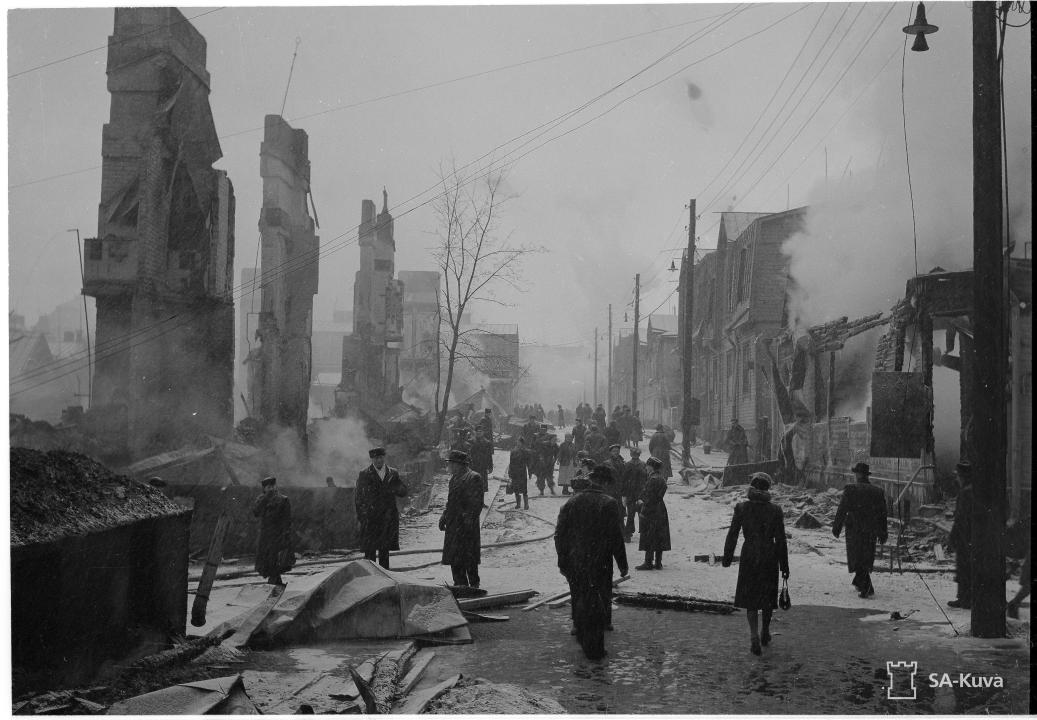
From war to peace
Helsinki had to live through both the First and the Second World War. During the First World War, Helsinki was also the scene of the Russian Revolution. Finland declared independence on December 6, 1917, but the nation drifted into civil war as soon as January 1918. During this period, Helsinki was captured twice: first in a coup by Red Finland in January, then by the German army in April.
In the period between the world wars, Helsinki enjoyed its status as the capital of a young independent republic and continued to grow. The Parliament House inspired by antiquity, the functionalist Olympic Stadium built for the 1940 Olympic Games, and the nationally romantic and mediaeval-inspired National Museum of Finland were erected to dominate the streetscape. During the Second World War, Helsinki was spared occupation, but not bombardment.
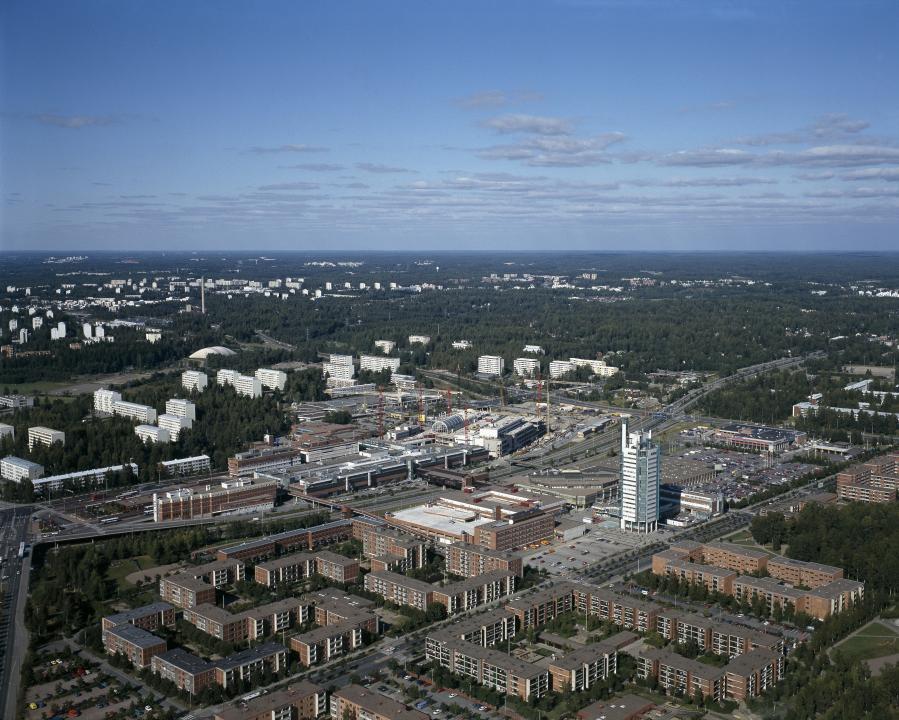
Towards modern times
Construction of suburbs, following the wide regional annexation of 1946, constituted a significant change to the urban landscape. Today, the majority of Helsinki residents live outside the city centre. The 1952 Olympic Games shot Helsinki to international fame. During the Cold War, Helsinki served as a significant stage for the easing of relations between the superpowers when it hosted the 1975 OSCE meeting. Since the 1980s, the metro and the local train network have altered public transport, which was previously based only on buses and trams. People now commute to work in Helsinki from the entire region of Uusimaa, and beyond. Helsinki has grown into an international, environmentally friendly, and innovative city.
